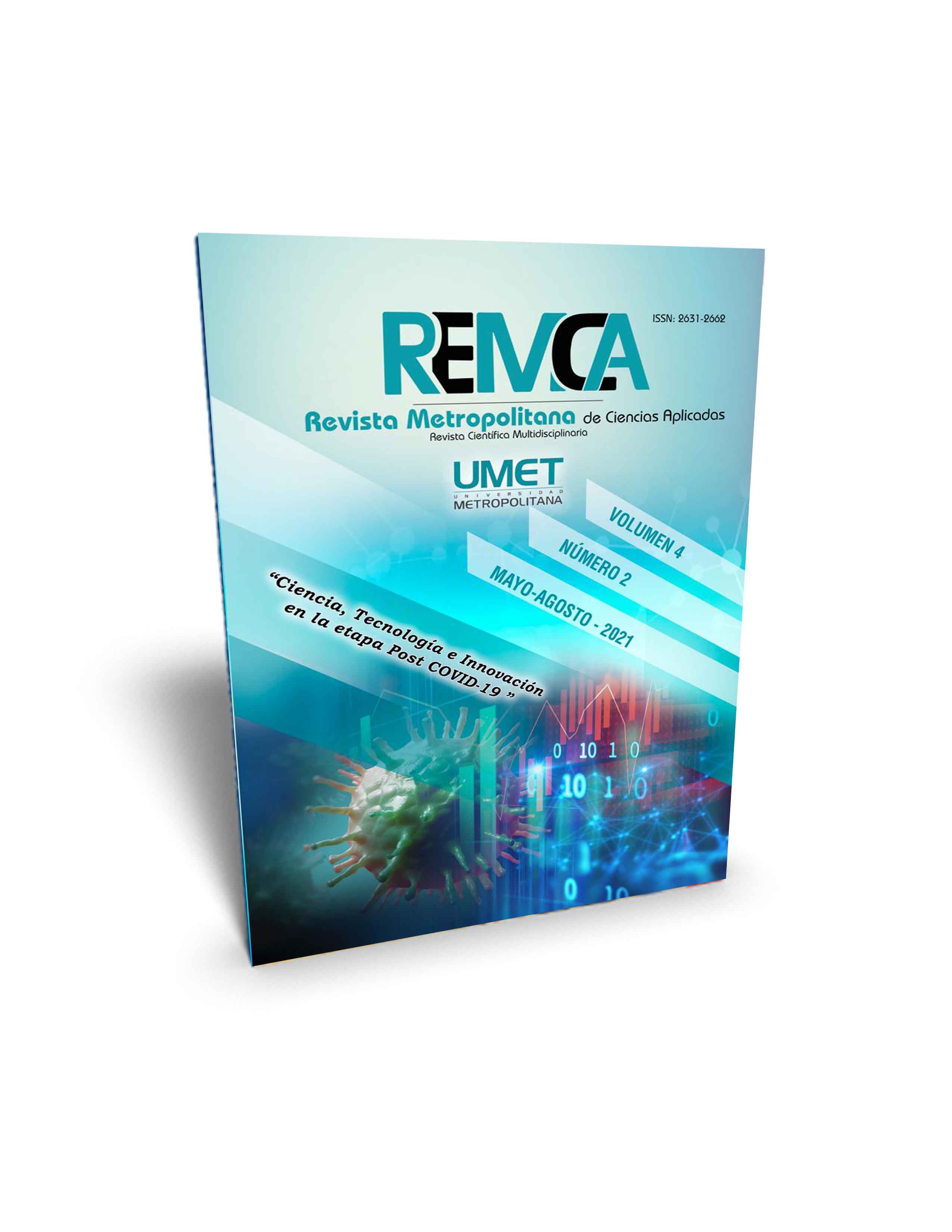Reflections on science, technology and innovation management models and processes
DOI:
https://doi.org/10.62452/xgycbt78Keywords:
Management, technologies, innovation, impactsAbstract
The paper presents an analysis of scientific articles related to the models for the management of Science, technology and innovation carried out in Latin America, which has an impact on the Science, Technology and Innovation processes and their results. Seven criteria were established and by means of a comparative table it was possible to assess the main contributions for socioeconomic development is the production of appropriate technologies for I + D and I + D + i. Regardless of identifying the main challenge consisting of achieving particular strategic tools for university management of science, technology and innovation for research centers and institutions, it is concluded that it is necessary to bet more on the prediction of results, effects and impacts both in the I + D projects as well as I + D + i, consolidating strategies according to the actors and the environment. Define in the short, medium and long term the multi and disciplinary groups with joint activities to validate the results of the systems or registry of science indicators.
Downloads
References
Argothy, A., & Álvarez, N. G. (2019). Drivers of innovation in state-owned enterprises: evidence to public enterprises from Ecuador. Revista de Administração Pública, 53(1), 45-63.
Comisión Económica para América Latina y el Caribe. (2019). La Agenda 2030 y los Objetivos de desarrollo Sostenible. Una oportunidad para América Latina y el Caribe. Publicado por Naciones Unidas. Impreso en Naciones Unidas.
Hernández Nariño, A., Garay Crespo, M. I., Sherwood Ilizastigui, L., Rodríguez Casas, M. M., Castañeda Ferreira, Y., & De León Rosales, R. (2017). Gestión por procesos en la Ciencia e Innovación Tecnológica en Universidad de Ciencias Médicas de Matanzas. Revista Archivo médico de Camagüey, 21(6), 717-728.
Martínez Navarro, M., & Jaya Escobar, I. A. (2019). La gestión de la ciencia, la tecnología y la innovación en la educación superior: trayectorias y desafíos. Revista Atlante: Cuadernos de Educación y Desarrollo. https://www.eumed.net/rev/atlante/2019/02/educacion-trayectorias-desafios.html
Mondragón, F., Arbeláez, P. M., Jaramillo, H., & García, L. F. (2019). Creación del Ministerio de Ciencia, Tecnología e Innovación: Oportunidades y desafíos para el Sistema Universitario de Investigación Modelos de gestión de la CTeI. Universidad de Antioquia.
Nan, G., Wei, J., & Hu, H. (2019). Analysis of the multi-agent's relationship in collaborative innovation network for science and technology SEMs based on evolutionary game theory. International Journal of Information Technology and Management, 18(1), 1-15.
Red de Indicadores de Ciencia y Tecnología -Iberoamericana e Interamericana. (2019). Informe el estado de la Ciencia. Principales Indicadores de Ciencia y Tecnología Iberoamericanos / Interamericanos. RICYT
Ricaurte Yépez, C., & Pozo, M. J. (2018). Gestión, Procesos y Calidad Universitaria: Caso Ecuatoriano. European Scientific Journal, ESJ, 14(34).
Rodríguez Muñoz, R. (2015). Impacto de los resultados de proyectos, particularidades desde una visión prospectiva. Revista Universidad y Sociedad, 7(3), 155-159.
Rodríguez Perón, M. (2018). Gestión de la ciencia, tecnología e innovación. Revista Cubana de Medicina Militar, 47(4).
Terán Bustamante, A; Dávila Aragón, G. & Castañón Ibarra. R. (2019). Gestión de la tecnología e innovación: un Modelo de Redes Bayesianas. Economía Teoría y Práctica, 27(50).
Downloads
Published
Issue
Section
License
Copyright (c) 2021 Raúl Rodríguez Muñoz, Alejandro Rafael Socorro Castro (Autor/a)

This work is licensed under a Creative Commons Attribution-NonCommercial-ShareAlike 4.0 International License.
Authors who publish in Revista Metropolitana de Ciencias Aplicadas (REMCA), agree to the following terms:
1. Copyright
Authors retain unrestricted copyright to their work. Authors grant the journal the right of first publication. To this end, they assign the journal non-exclusive exploitation rights (reproduction, distribution, public communication, and transformation). Authors may enter into additional agreements for the non-exclusive distribution of the version of the work published in the journal, provided that acknowledgment of its initial publication in this journal is given.
© The authors.
2. License
The articles are published in the journal under the Creative Commons Attribution-NonCommercial-ShareAlike 4.0 International License (CC BY-NC-SA 4.0). The terms can be found at: https://creativecommons.org/licenses/by-nc-sa/4.0/deed.en
This license allows:
- Sharing: Copying and redistributing the material in any medium or format.
- Adapting: Remixing, transforming, and building upon the material.
Under the following terms:
- Attribution: You must give appropriate credit, provide a link to the license, and indicate if any changes were made. You may do this in any reasonable manner, but not in any way that suggests the licensor endorses or sponsors your use.
- NonCommercial: You may not use the material for commercial purposes.
- ShareAlike: If you remix, transform, or build upon the material, you must distribute your creation under the same license as the original work.
There are no additional restrictions. You may not apply legal terms or technological measures that legally restrict others from doing anything the license permits.




